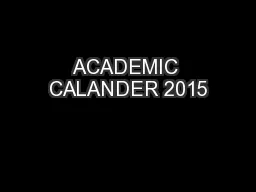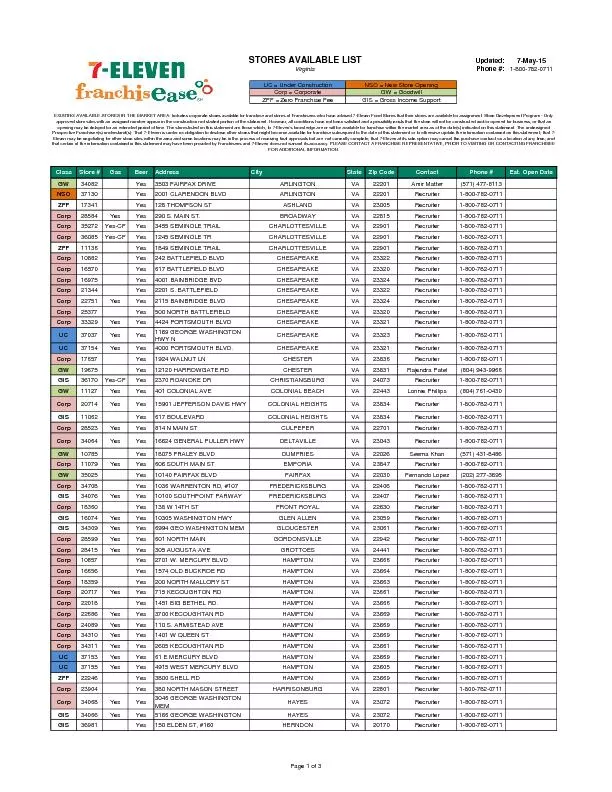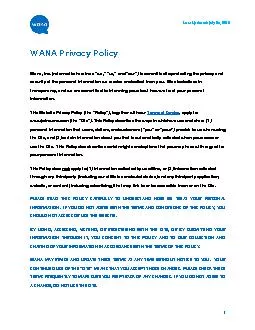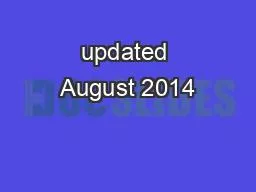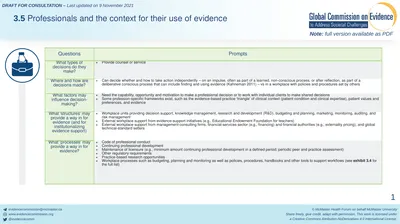PDF-Last updated May 2015
Author : davis | Published Date : 2022-09-09
This document is scheduled to expire by May 2018 After this date users are encouraged to contact the ELSO Guidelines Editorial Board to confirm that this document
Presentation Embed Code
Download Presentation
Download Presentation The PPT/PDF document "Last updated May 2015" is the property of its rightful owner. Permission is granted to download and print the materials on this website for personal, non-commercial use only, and to display it on your personal computer provided you do not modify the materials and that you retain all copyright notices contained in the materials. By downloading content from our website, you accept the terms of this agreement.
Last updated May 2015: Transcript
Download Rules Of Document
"Last updated May 2015"The content belongs to its owner. You may download and print it for personal use, without modification, and keep all copyright notices. By downloading, you agree to these terms.
Related Documents

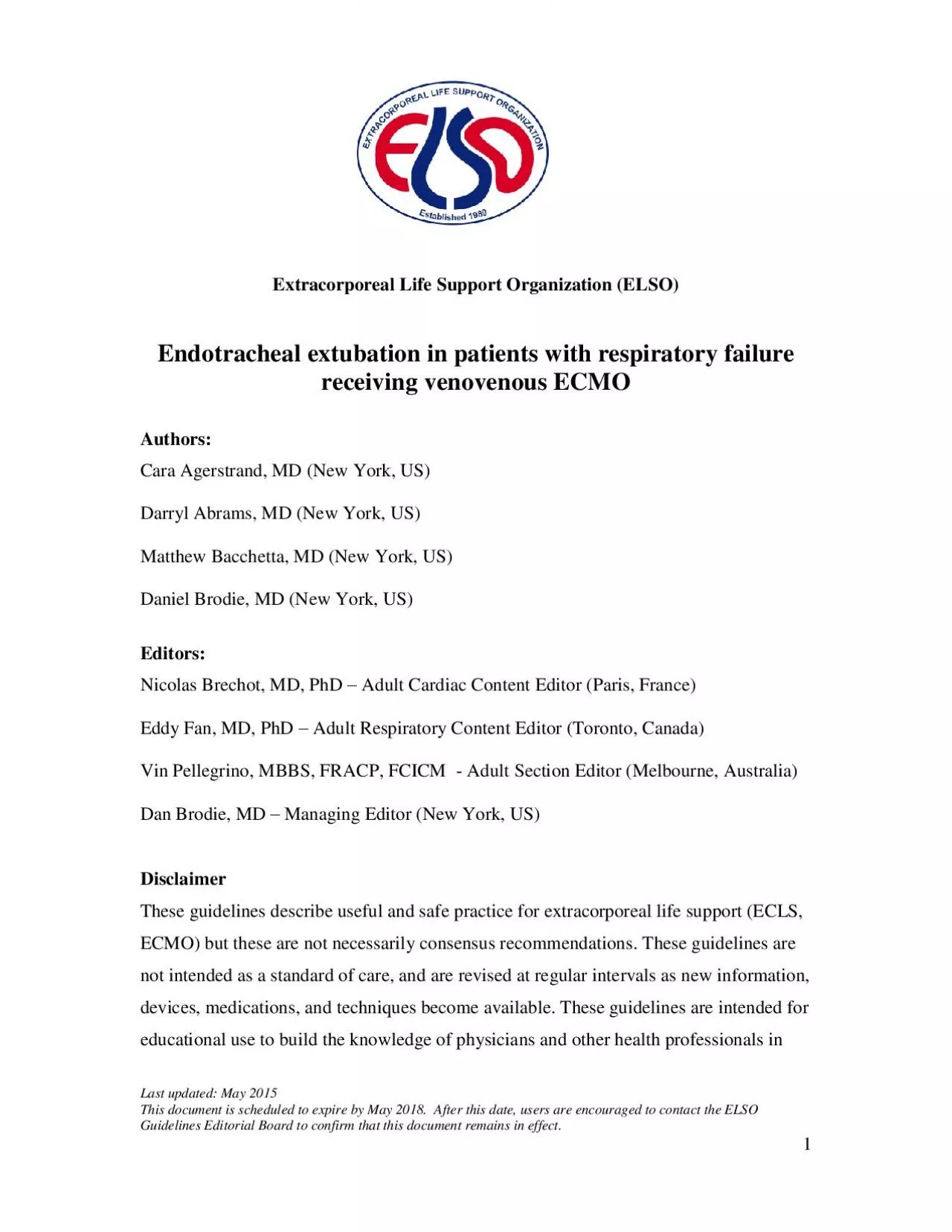
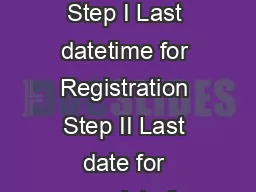
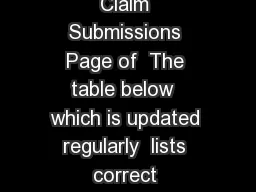
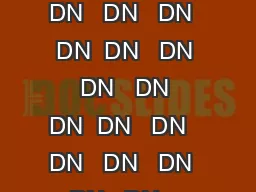

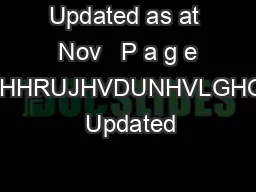
![IITian's PACE Education Pvt. Ltd. [DELHI NCR] All Batches TIME TABLE
.](https://thumbs.docslides.com/132863/iitian-s-pace-education-pvt-ltd-delhi-ncr-all-batches-ti.jpg)
